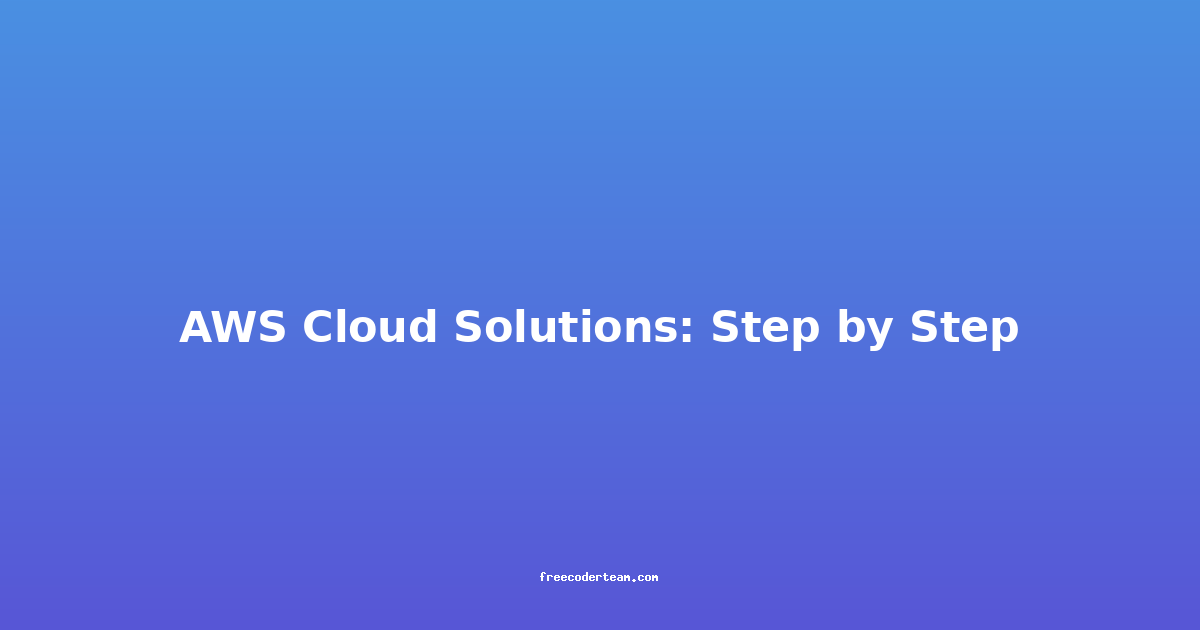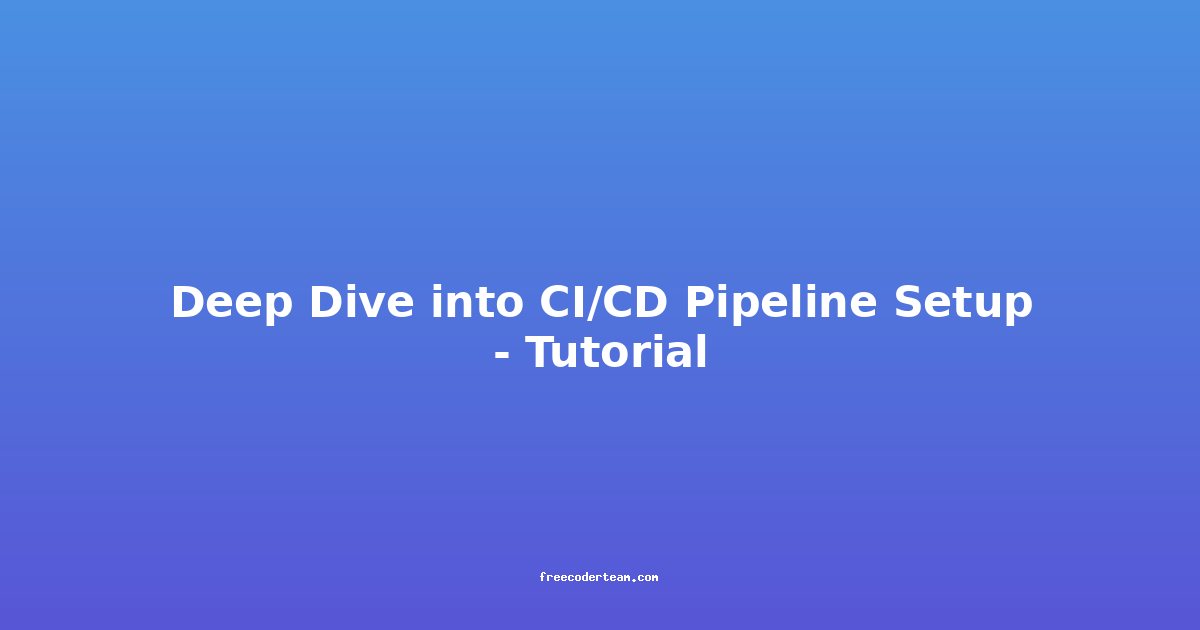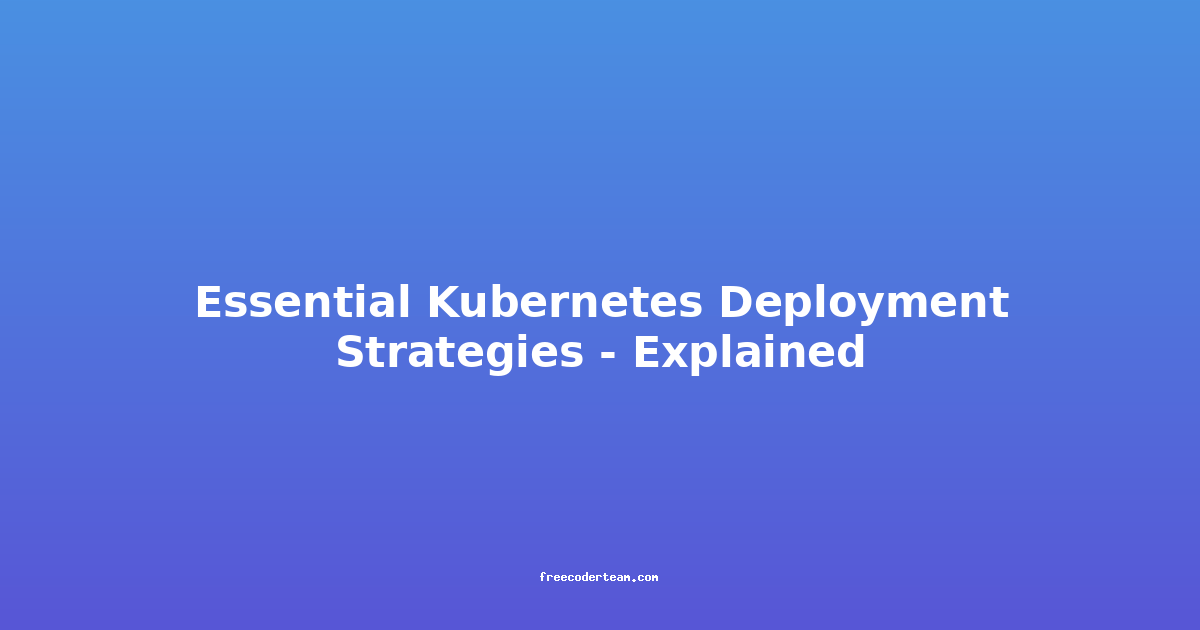Professional Docker Container Management: Best Practices and Insights
Docker containers have become the de facto standard for modern application deployment, offering portability, scalability, and efficient resource utilization. However, managing Docker containers in a professional environment requires more than just spinning up containers. It demands a structured approach, adherence to best practices, and the use of appropriate tools to ensure reliability, security, and maintainability. In this blog post, we’ll explore the nuances of professional Docker container management, including best practices, actionable insights, and practical examples.
Table of Contents
- Understanding Docker Container Management
- Key Components of Container Management
- Best Practices for Professional Docker Container Management
- Practical Examples
- Conclusion
Understanding Docker Container Management
Docker container management refers to the process of creating, deploying, scaling, monitoring, and maintaining Docker containers in a production environment. It involves ensuring that containers are running smoothly, are secure, and can handle changes or failures gracefully. Effective Docker container management is crucial for organizations that rely on containerized applications for their services.
Key Components of Container Management
1. Container Orchestration
Orchestration tools automate the deployment, scaling, and management of containers across multiple hosts. Popular orchestration tools include:
- Kubernetes: The industry standard for container orchestration, offering features like auto-scaling, load balancing, and self-healing capabilities.
- Docker Swarm: A built-in orchestration tool provided by Docker, which is simpler and easier to set up compared to Kubernetes.
Example: Kubernetes Deployment
apiVersion: apps/v1
kind: Deployment
metadata:
name: myapp
spec:
replicas: 3
selector:
matchLabels:
app: myapp
template:
metadata:
labels:
app: myapp
spec:
containers:
- name: myapp-container
image: myapp:v1.0
ports:
- containerPort: 8080
This YAML file defines a Kubernetes deployment with three replicas of the myapp container.
2. Image Management
Managing Docker images is critical for ensuring consistency and security. Best practices include:
- Use Official Base Images: Start with trusted and verified base images.
- Tag and Version Control: Use semantic versioning for your images (e.g.,
myapp:v1.0). - Image Scanning: Use tools like Docker Scan or Trivy to identify vulnerabilities in your images.
Example: Building a Docker Image
# Use an official Python base image
FROM python:3.9-slim
# Set the working directory
WORKDIR /app
# Copy requirements file and install dependencies
COPY requirements.txt .
RUN pip install --no-cache-dir -r requirements.txt
# Copy the rest of the application code
COPY . .
# Define the command to run the container
CMD ["python", "app.py"]
3. Security Practices
Security is paramount in container management. Key security practices include:
- Least Privilege Principle: Run containers with the minimum permissions required.
- Image Scanning: Regularly scan images for vulnerabilities.
- Network Isolation: Use network policies to isolate containers.
- Environment Variable Encryption: Use tools like Docker Secrets for sensitive data.
Example: Using Docker Secrets
# Use secrets for sensitive data
ENV DB_USERNAME=${DB_USERNAME}
ENV DB_PASSWORD=${DB_PASSWORD}
In Kubernetes, you can define secrets:
apiVersion: v1
kind: Secret
metadata:
name: db-secret
type: Opaque
data:
username: YWRtaW4= # base64-encoded value
password: MWYyZDFlMmU2N2Rm
4. Monitoring and Logging
Monitoring and logging are essential for understanding container behavior and detecting issues. Tools like Prometheus, Grafana, and ELK stack (Elasticsearch, Logstash, Kibana) are commonly used.
Example: Configuring Prometheus for Monitoring
# Node exporter for monitoring
apiVersion: apps/v1
kind: Deployment
metadata:
name: node-exporter
spec:
replicas: 1
selector:
matchLabels:
app: node-exporter
template:
metadata:
labels:
app: node-exporter
spec:
containers:
- name: node-exporter
image: prom/node-exporter:latest
ports:
- containerPort: 9100
Best Practices for Professional Docker Container Management
A. Use Base Images Wisely
- Choose Official Images: Use verified base images from Docker Hub to reduce security risks.
- Minimize Layers: Avoid unnecessary layers in your Dockerfile to reduce the size of the final image.
Example: Optimized Dockerfile
# Use a minimal base image
FROM alpine:3.15
# Install dependencies
RUN apk add --no-cache python3
# Copy only necessary files
COPY requirements.txt .
RUN pip3 install --no-cache-dir -r requirements.txt
# Copy the application code
COPY app.py .
# Define the command
CMD ["python3", "app.py"]
B. Minimize Container Size
- Use Multi-Stage Builds: Build your application in one stage and copy only the necessary artifacts to a smaller final stage.
- Clean Up Temporary Files: Remove unnecessary files during the build process.
Example: Multi-Stage Build
# Build stage
FROM node:14 AS builder
WORKDIR /app
COPY package*.json ./
RUN npm install
COPY . .
RUN npm run build
# Final stage
FROM nginx:alpine
COPY --from=builder /app/dist /usr/share/nginx/html
EXPOSE 80
CMD ["nginx", "-g", "daemon off;"]
C. Implement Container Healthchecks
Healthchecks allow containers to report their status to the orchestration system, enabling automatic restarts or scaling.
Example: Docker Healthcheck
# Define a healthcheck
HEALTHCHECK --interval=15s --timeout=10s CMD curl -f http://localhost/ || exit 1
D. Use Environment Variables
Environment variables help separate configuration from code, allowing for easier management and deployment across different environments.
Example: Using ENV in Dockerfile
# Define environment variables
ENV PORT=8080
ENV DEBUG=true
# Use them in the container
CMD ["node", "server.js", "--port=$PORT", "--debug=$DEBUG"]
E. Automate with CI/CD
CI/CD pipelines ensure that your Docker images are built, tested, and deployed automatically.
Example: GitHub Actions for CI/CD
name: CI/CD Pipeline
on:
push:
branches:
- main
jobs:
build:
runs-on: ubuntu-latest
steps:
- name: Checkout code
uses: actions/checkout@v2
- name: Build Docker image
uses: docker/build-push-action@v2
with:
context: .
push: true
tags: myapp:v1.0
Practical Examples
Example 1: Docker Compose for Local Development
Docker Compose simplifies the management of multi-container applications. Here’s an example of a docker-compose.yml file:
version: '3.8'
services:
web:
build: .
ports:
- "5000:5000"
volumes:
- .:/app
environment:
- FLASK_ENV=development
db:
image: postgres:13
environment:
- POSTGRES_DB=mydb
- POSTGRES_USER=myuser
- POSTGRES_PASSWORD=mypassword
This setup includes a Flask web service and a PostgreSQL database, with the web service mounted to the local development directory.
Example 2: Kubernetes for Production
Kubernetes is ideal for managing containerized applications in production. Here’s an example of a Kubernetes deployment and service:
# Deployment
apiVersion: apps/v1
kind: Deployment
metadata:
name: myapp
spec:
replicas: 3
selector:
matchLabels:
app: myapp
template:
metadata:
labels:
app: myapp
spec:
containers:
- name: myapp-container
image: myapp:v1.0
ports:
- containerPort: 8080
# Service
apiVersion: v1
kind: Service
metadata:
name: myapp-service
spec:
type: LoadBalancer
selector:
app: myapp
ports:
- protocol: TCP
port: 80
targetPort: 8080
This setup deploys three replicas of the myapp container and exposes it via a load balancer.
Conclusion
Professional Docker container management is about more than just running containers; it involves orchestration, image management, security, monitoring, and automation. By adhering to best practices and leveraging tools like Kubernetes, Docker Compose, and CI/CD pipelines, organizations can ensure that their containerized applications are reliable, scalable, and secure.
Remember these key takeaways:
- Use orchestration tools like Kubernetes for scalability and reliability.
- Manage Docker images efficiently with versioning and scanning.
- Prioritize security through least privilege and image hardening.
- Monitor and log container activities for proactive management.
- Automate the entire pipeline to reduce human error and improve efficiency.
By implementing these practices, you can build a robust and professional Docker container management workflow that meets the demands of modern applications.




